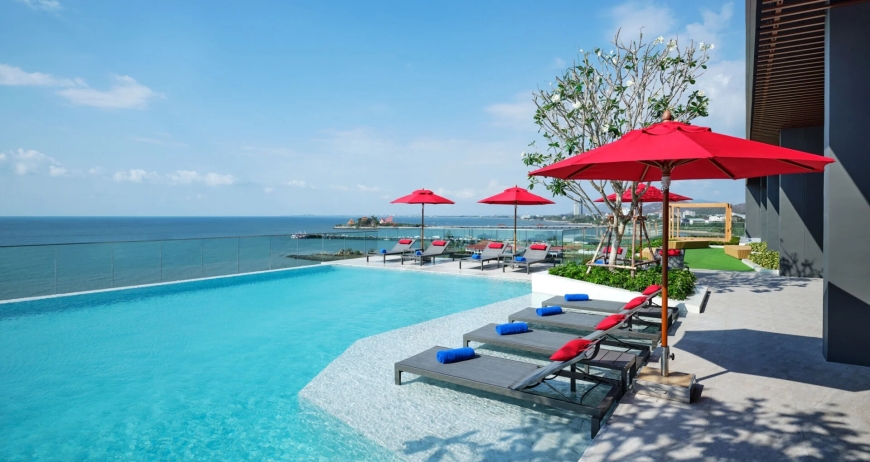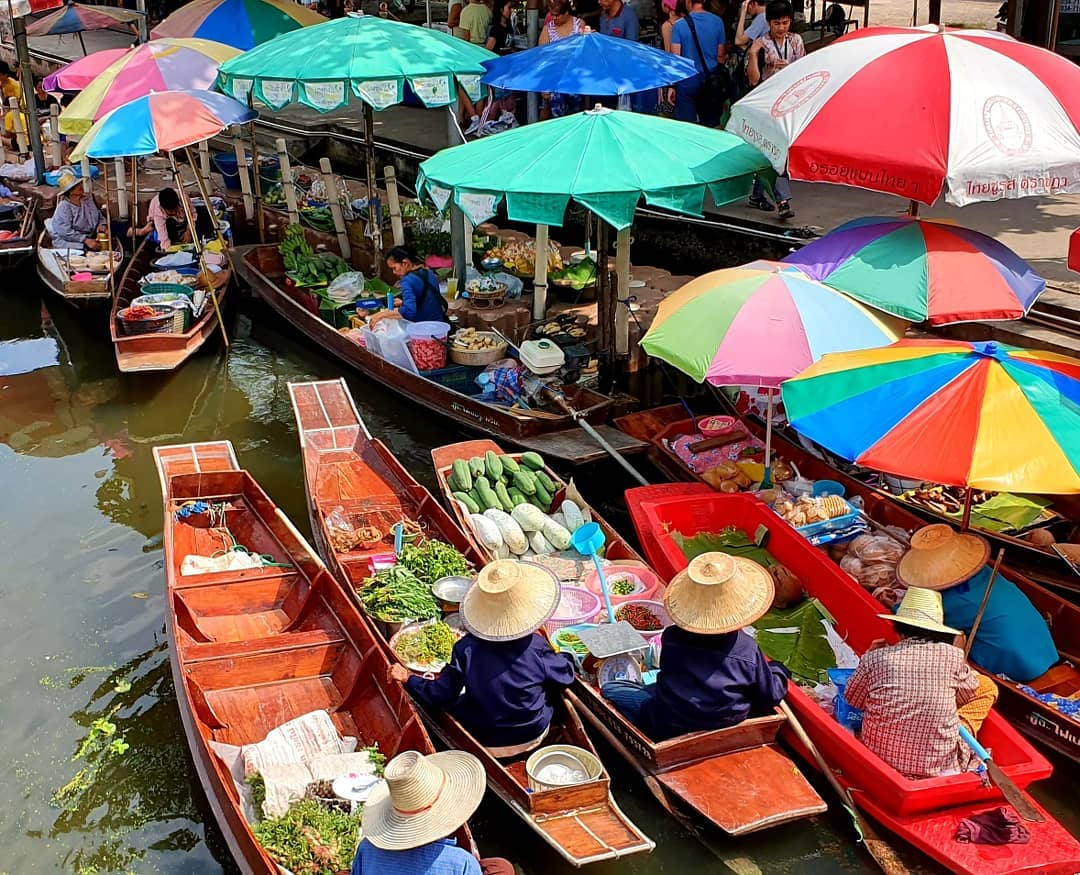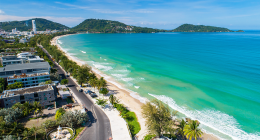Indian Ocean Tsunami or the Boxing Day Tsunami, was an extremely rare event indeed. It hit the eastern coastline of the Andaman Coast, including Phuket and the Phi Phi islands just before 8am
Short answer… statistically, no.
The event, known as the Asian Tsunami, Indian Ocean Tsunami or the Boxing Day Tsunami, was an extremely rare event indeed. It hit the eastern coastline of the Andaman Coast, including Phuket and the Phi Phi islands just before 8am on December 26, 2004. Yes, it’s the 20th anniversary of the event this December!
The actual seismic event, off the coast of Aceh Indonesia, occurred about 2 hours before the waves reached Phuket.
Tsunamis, incorrectly referred to as ‘tidal waves’, are usually caused by underwater seismic events, and warnings for an impending tsunami are now becoming more accurate, and earlier, with improved satellite and seismic monitoring around the world.
There is nothing ‘tidal’ about a tsunami, except that its effects will be worse if it coincides with a high tide at the time.
The tsunami that struck Thailand’s south-western coastlines was so rare for the area that nothing similar has ever been recorded before in Thai history or folklore.
Now, the tourists and residents in Phuket would get a 30 minute – 2 hour warning of an approaching wave with improved global tsunami warning equipment and monitoring. Getting off the beaches and up to any nearby higher ground is the key to surviving a tsunami.
Along southern Thailand’s west coast, in Khao Lak and Phuket, there are tsunami warning towers and evacuation procedures in place in the extremely rare event that this could occur again in our lifetime. The roads to the main beaches also carry signs warning people of which way to head in the event of an approaching tsunami.
The tsunami heights recorded in Thailand include…
6–10 metres (20–33 ft) in Khao Lak
3–6 metres (9.8–19.7 ft) along the west coast of Phuket island
3 metres (9.8 ft) along the south coast of Phuket island
2 metres (6 ft 7 in) along the east coast of Phuket island
4–6 metres (13–20 ft) on the Phi Phi Islands
19.6 metres (64 ft) at Ban Thung Dap
5 metres (16 ft) at Ramson
6.8 metres (22 ft) at Ban Thale Nok
5 metres (16 ft) at Hat Praphat (Ranong Coastal Resources Research Station)
6.3 metres (21 ft) at Thai Mueang District
6.8 metres (22 ft) at Rai Dan
The actual seismic event that caused the tsunamis around the Indian Ocean was an undersea earthquake with a magnitude of between 9.1 – 9.3 that struck off the north coast of the Indonesian island of Sumatra.
The fault lines that suddenly shifted ran about 1,000 kilometres from near the northern tip of Sumatra, north to the Nicobar and Andaman Islands, with its epicentre south-west of the northern tip of Sumatra. The actual earthquake that caused the tsunami was the third most powerful in the world since 1900.
The December 26 event killed 8,212 people in Thailand and a further 2,817 remain missing, presumed dead.
Globally, according to the Global Historical Tsunami Database, tsunamis that cause damage or deaths near their source occur approximately twice per year. Tsunamis that cause damage or deaths on distant shores (more than 1,000 kilometres or 620 miles away) occur about twice per decade.
Thailand is in proximity, but not ‘on’, the Ring of Fire, a series of fault lines that surround the Pacific Ocean, including a fault line that runs along the southern islands of Indonesia and north, past Sumatra, into the Indian Ocean.
Besides the electronic warnings that would sound IF there was another tsunami on the way, there is another sure sign. Approximately 5 minutes before a tsunami event, the waters will recede. If you’re in the shallows on a beach, and the water starts receding unusually fast, start heading to higher land quickly.
But, although another tsunami could arrive tomorrow, you have a MUCH higher chance of being hit by lightning, being mauled by a Siberian tiger or winning the lottery. So, statistically, you have nothing to worry about.








